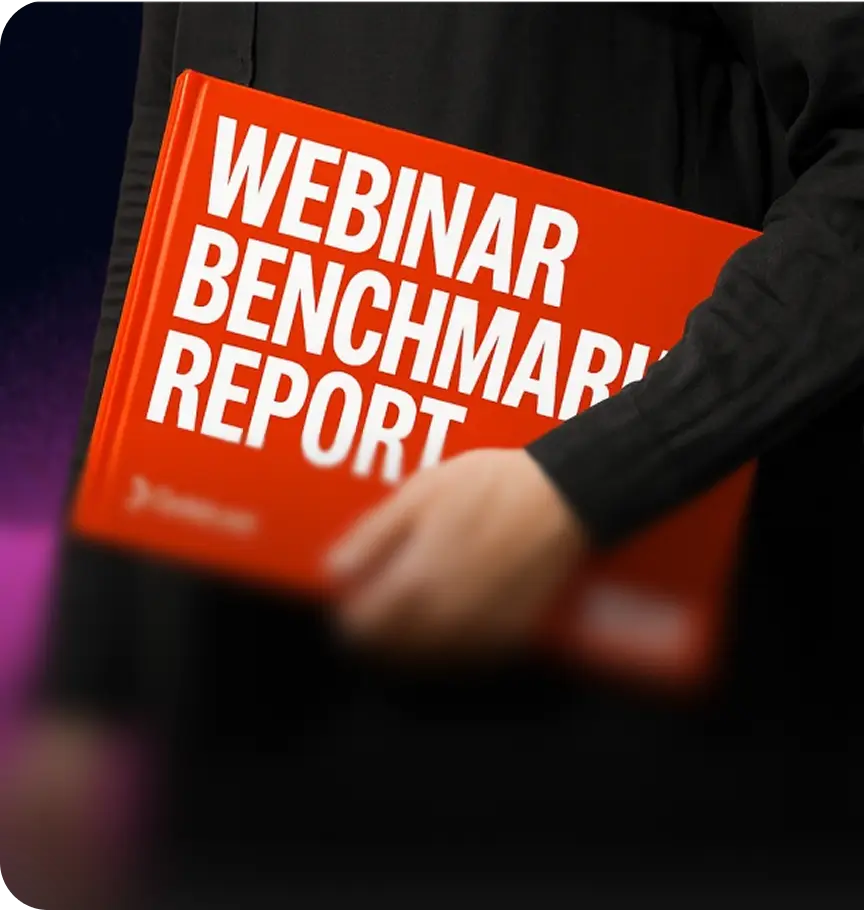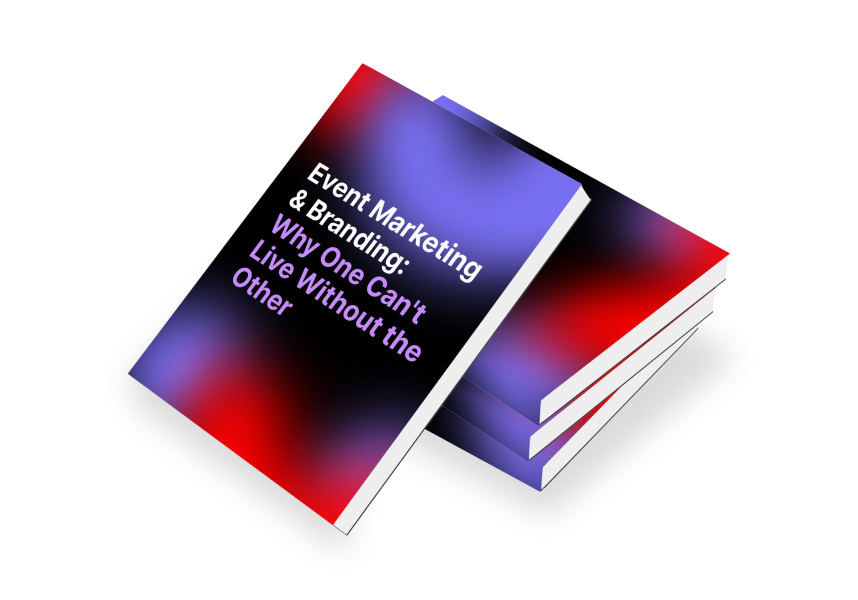Event Marketing & Branding: Why One Can't Live Without the Other
In this ultimate event marketing and branding eBook, we’ll share practical steps to help boost your brand (and revenue) with every virtual and hybrid event.
Gladiator billboards in ancient Rome, Aztec iconography of community celebrations, heralds promoting the Olympic Games in the streets of ancient Greece... In many ways, event marketing has been around as long as humans. And yet, this particular type of marketing is commonly misunderstood by the masses, and often taken a little less seriously by those at the top. So, it’s no surprise that the idea of having exactly the right branding for your event is often placed on the backburner. And unfortunately, this is even more true for virtual events, where we often see brands defaulting to whatever out-of-the-box event branding their hosting platform provides. But more often than not, it’s the ‘small’ things that drive your prospects through the pipeline, transforming them into loyal customers along the way.
So, what is the real relationship between event marketing and branding? How are the two linked? And how can you make sure you create an unforgettable brand experience for all your in-person, virtual and hybrid events?
Here’s what we’ll cover:
- Why digital event branding matters
- 3 simple steps to creating a brand-boosting virtual or hybrid event
- Bolster your brand with the right virtual platform
Why digital event branding matters
Your brand is made up of your voice, message, values and, most importantly, your ‘why’. It’s what makes you, you.
If branding is your ‘why’, event marketing is your ‘how’ and your ‘who’. You have a message you need to communicate with the world, via your event.
Here’s a closer look at how branding and marketing fit into the new world of virtual and hybrid events.
B2B branding is just as important ever
With the shift toward virtual, there were five times the number of webinars from March 2019 to March 2020 reaching nearly 300,000 webinars with 3,203,035 attendees (and that data is from just one platform). In this noisy new world of events, event marketing and compelling, consistent branding are 100% reliant on one another for success. And with 79% of B2B marketers choosing ‘building brand awareness’ as a focus goal for their business, it’s important to embed a compelling story into your virtual event marketing strategy. Branding needs to be at the core of your virtual event marketing strategy. Without a brand, you have nothing to market, no story to tell, and nothing to be remembered by.
Less Zoom fatigue, more storytelling
Less Zoom fatigue, more storytelling. It’s not easy, especially when it comes to virtual events (yep, Zoom fatigue is real) — but as an experienced field marketer, you know brand awareness has a real impact on revenue growth. Marketing your event through an inspiring brand story is essential. Because, much like the heralds in the streets of ancient Greece, storytelling has been bringing people together since the beginning of time. It should be at the heart of every decision you make in the run up, during and after your virtual event. Bottom line? If you want to sell your product or service, you better sell your brand story too.
"People do not buy goods and services. They buy relations, stories, and magic." Seth Godin, Author of The History of Marketing
Build a brand-boosting virtual or hybrid event in 3 simple steps
Branding your virtual and hybrid events doesn't have to take ample time and resources. By following these three simple steps, you can be sure to knock your event branding out of the park, event after event.
Step 1: Start telling your event story early and consistently
According to the Event Marketing Institute, “Branded event content significantly improves brand perception — and increases purchase intent.” So much so that 74% of event attendees say engaging with branded event marketing experiences makes them more likely to buy the product. Pre-event marketing is the first opportunity you have to evoke trust between your brand and your audience, and it needs to happen instantly and consistently. So make it smart, seamless and completely on-brand.
Here are 10 ways to differentiate your brand pre-event:
- Develop content based on your audience’s real needs.
- Make sure your content supports your overarching brand message.
- Choose an interactive element that supports your overall theme like a game, contest, or prize draw.
- Run well-branded digital ads to reach new and larger audiences.
- Set up a dedicated landing page with unmistakable brand messaging and design.
- Make sure there’s an option to add the event straight into their calendar.
- Send attendees swag or physical gifts to stay top-of-mind.
- Schedule reminder emails three days before the event, the day before, and 10 minutes before.
- Rally your speakers, sponsors and partners to create a wider offer, and take advantage of their audience base.
- Lay out a specific timeline to keep account managers and account executives engaged, organized and actively promoting the event.
Step 2: Keep the live experience on-brand
Did you know that 67% of people agree with the following statement? “A good reputation may get me to try a product, but unless I come to trust the company behind it, I will soon stop buying it.” In other words, simply having a good brand image before the event isn’t enough. If you want to win and keep your audience’s attention, you have to show up consistently during and after the event. And by now we’ve all been to events with pixelated green screens, bumpy transitions, and tech fails with no contingency plans. Inevitably, you come away feeling less than convinced by your experience.
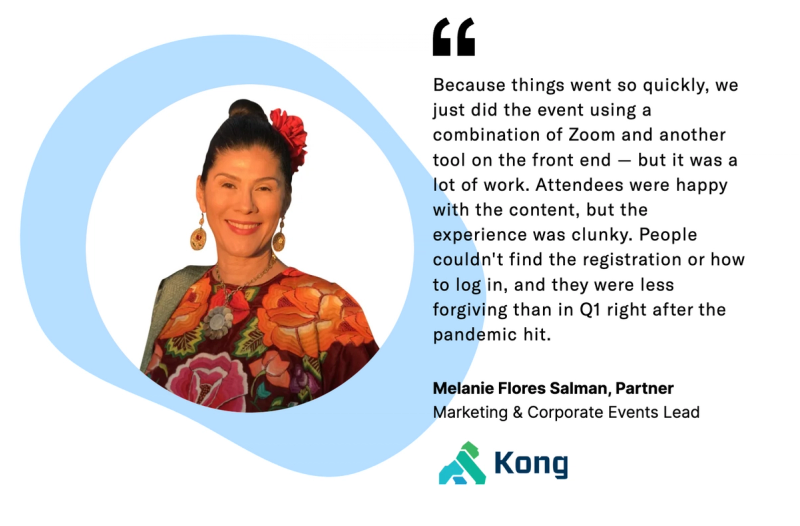
On the flipside, a well-executed virtual event can take you from a drab performance at your local youth center, to the Broadway production your customers can believe in, trust and love.
5 tips on delivering an unforgettable brand experience via your next virtual event:
- Position your event logo, video content, and other promo assets front and center in your event interface for instant wow factor.
- Use a combination of live and recorded sessions to create seamless transitions between sessions, avoid awkward silences, and keep high energy throughout the event.
- Take advantage of experience-driven functionality like interactive speaker stages, exclusive breakout rooms, 1:1 meetings and more.
- Leverage engagement tools like polls, Q&A, and exclusive rooms for peer-to-peer interactions.
- Make sure all speaker, sales and sponsor-led sessions are relevant to your overarching message—no pitches.
When selecting a platform for hosting your event, look for a system that offers full flexibility and customization options so that your event feels 100% like your event.
Other bonus features you might want to look for include:
- Easy integration features and access to API
- Mobile-friendly viewing
- 100% human customer support
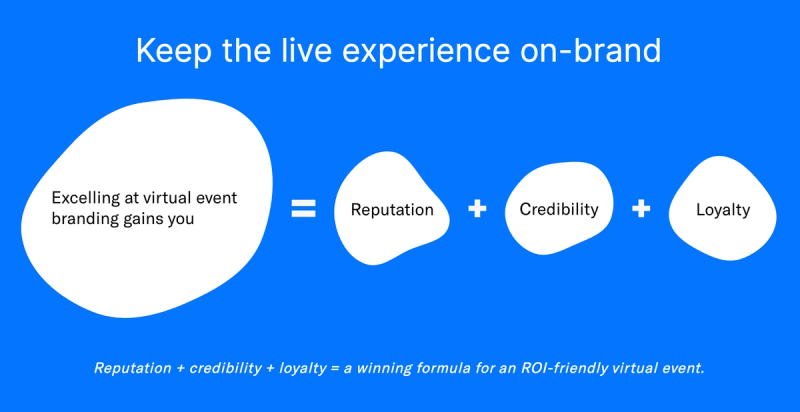
Step 3: Build brand loyalty with a personalized post-event experience
All brands love a loyal customer. And with a whopping 89% of consumers saying they’re loyal to brands that share their values, it’s crucial to be transparent about what it is that you stand for. How exactly? Give your audience a tangible and personalized answer to the post event ‘so what?’
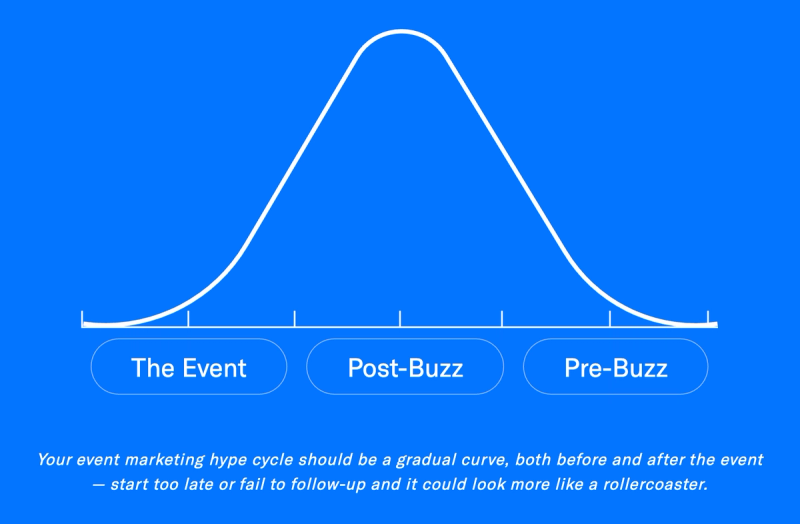
“The most important aspect of events, webinars, or anything that we do is always the follow up” says Anna Suslova, Senior Marketing Manager at Axonius. “Follow up is how you convert. You have to test different things out beyond just ‘Here’s your recording, I’m here if you need me.’ You have to keep going.”
Here are some simple steps to help position your brand as the one that goes the extra mile:
- Segment your attendee list by: Attendees, Demo Attendees, and No Shows
- Customize your ‘thanks for coming’ email templates according to each group
- Give sales a recap spreadsheet with the sessions attended by each attendee and what resources they downloaded
- Encourage them to use this information to personalize their post-event outreach
To take your post-event follow ups even deeper, you can also look at:
- How attendees interacted
- How they engaged with the event
- Who was at which keynote and for how long
- What was going on in the chat
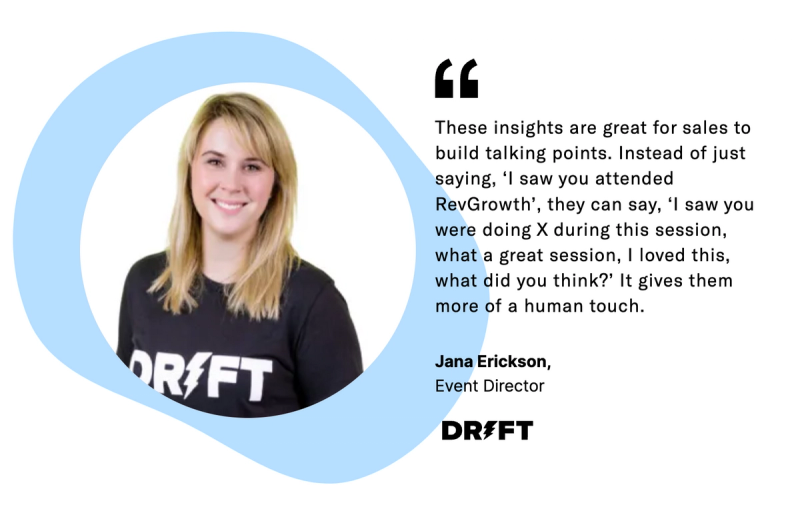
Time-out for a quick coffee break☕
Take a minute and think about your favorite coffee shop. You’ve probably mentioned it to people in passing, or even recommended it. But why that coffee shop over the competition?
Unless you’re a true connoisseur, it likely goes beyond the coffee itself.
Instead, it’s probably because something within their brand resonates with you. Maybe they’re quirky and quaint. Maybe they’re modern and up-to-date on all the latest coffee-making trends.
Those antique bookshelves, smartphone apps, customer tasting guides… they all represent the brand’s vision.
And the same has to be true of your events — especially when they’re virtual.
If your brand resonates through the screen, you can be sure your attendees will be talking about it long after the event… often to potential new prospects.
Bolster your brand with the right virtual platform
Excited to host your next virtual event? We’re right there with you (no really, we’d love an invite 😉). Remember, to stand out from every other brand story on the shelf, you have to offer something that makes your attendees step back and say ‘wow’.
Before you get going, remember these three steps to help elevate your event to new heights:
- Create a strong, honest and compelling brand message.
- Seamlessly communicate your brand story with a slick virtual event marketing strategy and platform.
- Always follow up to remind your prospect that there are real, human faces driving this awesome brand experience.
Ready to take your branded virtual event to the next level?
Stay In Touch
Platform
Resources
© 2025 Copyright Goldcast, Inc. All rights reserved.



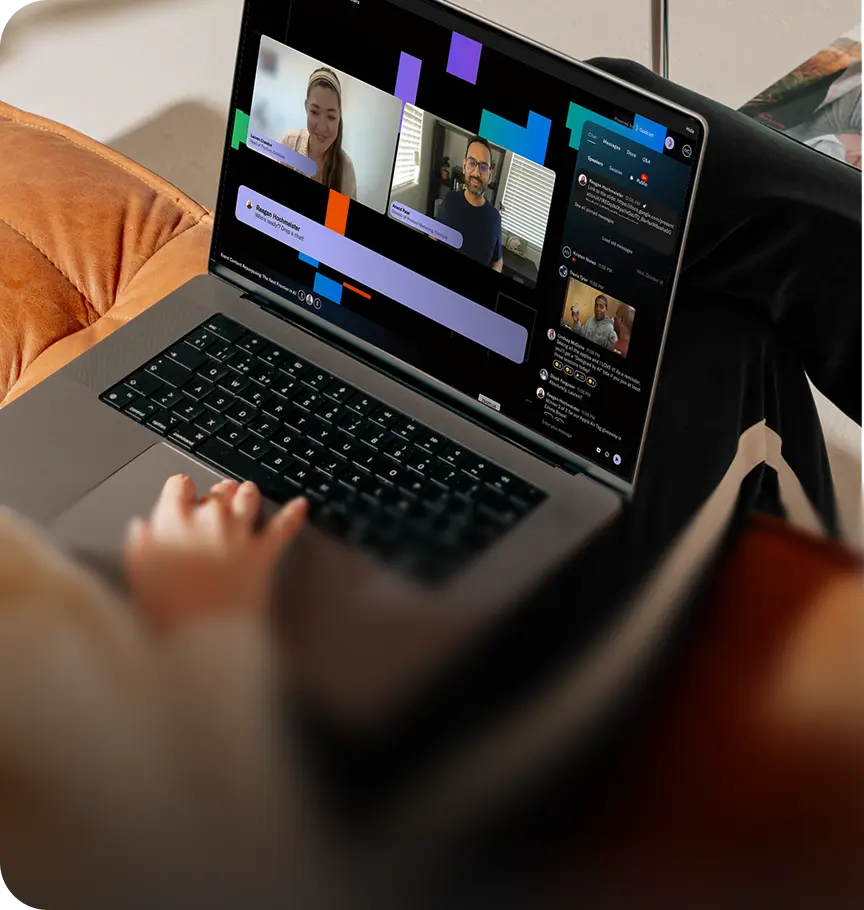

 Upcoming Events
Upcoming Events Event Series
Event Series On-Demand Events
On-Demand Events